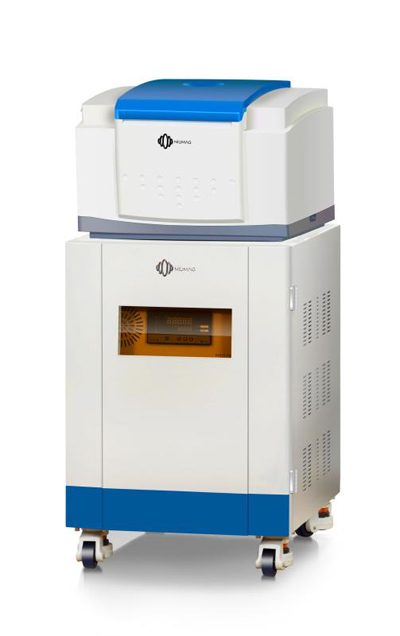According to the principle of RMN-LF, we know that when the H nucleus is used as the research object, the content of H protons in the sample is proportional to the amount of signal. From a macro perspective, the more mass of the same sample, the stronger the signal. This is the basis of our quantitative research. Before the experiment, we only need to prepare some standard samples of known content to obtain the linear relationship between the content and the signal amount. When a similar unknown sample is obtained, the signal amount is measured under the same parameters, and the standard line is used. The corresponding relationship is accurate and the content of the sample is quickly obtained.
Of course, we cannot directly measure the number of H protons. The amount of water (H2O) in the sample and the amount of oil (with COOH and other functional groups) have become our main research goals.
Alimento
Oil seed oil content, contenido de agua
In the food field, according to national standards, the NMR method has been used for rapid analysis of oil content and water content in oil seeds such as soybeans and peanuts.
Contenido de grasa sólida
According to the different LF-NMR properties of solid fat and liquid fat, and then based on the relationship between NMR signal amount and fat content, a quick test is performed.
Industrial textiles
Quick detection: contenido de aceite, moisture regain, glue amount
Mainly aimed at textiles such as polyester filament, spandex, nylon, vinylon, viscose fiber, glass fiber, etc., without any consumables, the test time is 1 minute.
Goma
It has been said before that most LF-NMR instruments are H-spectrum NMR, and Niumag has launched an F-spectrum NMR to test the fluorine content, which is mainly used for the rapid determination of fluorine content in Fluor rubber and Fluor toothpaste.
Porous materials
There is also an application to study the porosity of porous materials such as rock and coal. The so-called porosity is the ratio of the total volume of pores to the volume of the sample. During the testing process, we saturated the water into the pores as a probe, and then obtained the equivalent volume of the pores based on the relationship between the water signal and the content (converted to volume), so that the porosity can be calculated.

 mohoso
mohoso